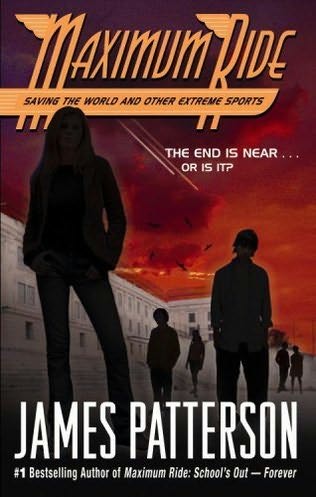 This is a Mother-Talk book review.
This is a Mother-Talk book review.Upon first perusal, some might wonder why The Daring Book For Girls is getting such rave reviews. In this age of cell phones, video games and instant messenger, do girls really want to know how to press flowers or make a daisy chain? Isn't that a little old-fashioned?
Yes. Yes it is. And old-fashioned is good. Old-fashioned can be fun. But the old-fashioned ideas in The Daring Book For Girls, by Andrea Buchanan and Miriam Peskowitz (founders of Mother-Talk) are also interspersed with such common-sense information like how to change a tire. How to negotiate a salary. The Greek and Latin roots of words. All useful information that anyone (girl or boy) should know.
I read thru this book and kept thinking "Oh, man, I wish this was around when I was a kid." There were so many things that I used to do, that I could have done better, taken further, if only I had this book. It's sort of like a big sister, without the annoying get-out-of-my-room-you-pest business.
There were far too many things that jumped out at me to write about here, but there are a few that I do want to mention.
Besides the cool things to make, like daisy chains and friendship bracelets and sit-upons, there were whole sections on famous women. Famous women inventors, famous firsts by women and even famous women pirates. The two women who caught my eye were Helen Free and Clara Barton. Most people are familiar with Clara Barton; she founded the American Red Cross. She was also born and lived most of her life in the town next to the one where I grew up. Her name graces one of the best camps for girls with type 1 diabetes in the country. We're big fans of Clara Barton in this house. The other was Helen Free. She was a urinalysis expert (how one becomes one of those is, thankfully, a detail left out of the book). In 1958 she developed the first home diabetes test. She was inducted into the inventors Hall of Fame for this invention.
Another section that caught my eye was a bit on words that will impress. I love words. When I was a kid, a favourite after dinner game was to pick a word out of the dictionary and have everyone guess its origins and meaning (I think we may have invented Balderdash), so my interest was piqued by their list. Included on it were: crepuscular, jejune and one of my top five, all-time favourite words: sesquipedalian. Oh, how I love that word. There were other words, but frankly, my little heart was singing too loudly upon spotting sesquipedalian.
And finally, there was advice about boys. "1. If a boy doesn't like you the way you are, the problem is him, not you. 2. Don't try to make a boy change for you - it's important to appreciate people for who they are." I think I was about 30 before I figured that one out.
I can't recommend this book enough. It is an excellent resource for something other than television, video games or chatting on the phone when you're looking for an activity to do with your daughter. The writing is crisp and not condescending. The sections are short, the activities are fun and interesting and definitely not boring.
If you know a girl between the ages of 8 and, oh, 13 or 14 (or older - it's also a great resource for babysitters), add this one to your holiday shopping list.








.jpg)



